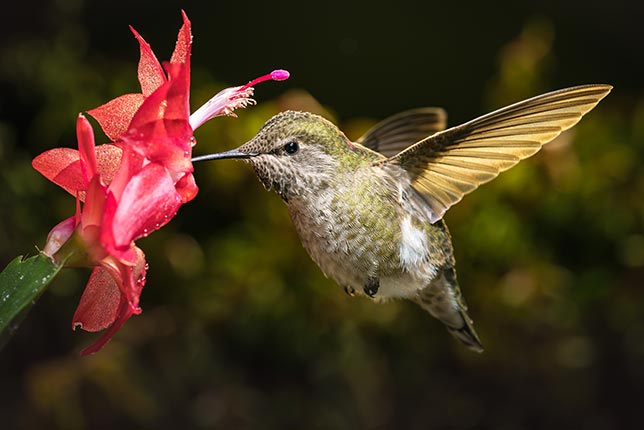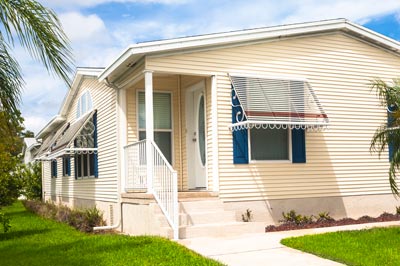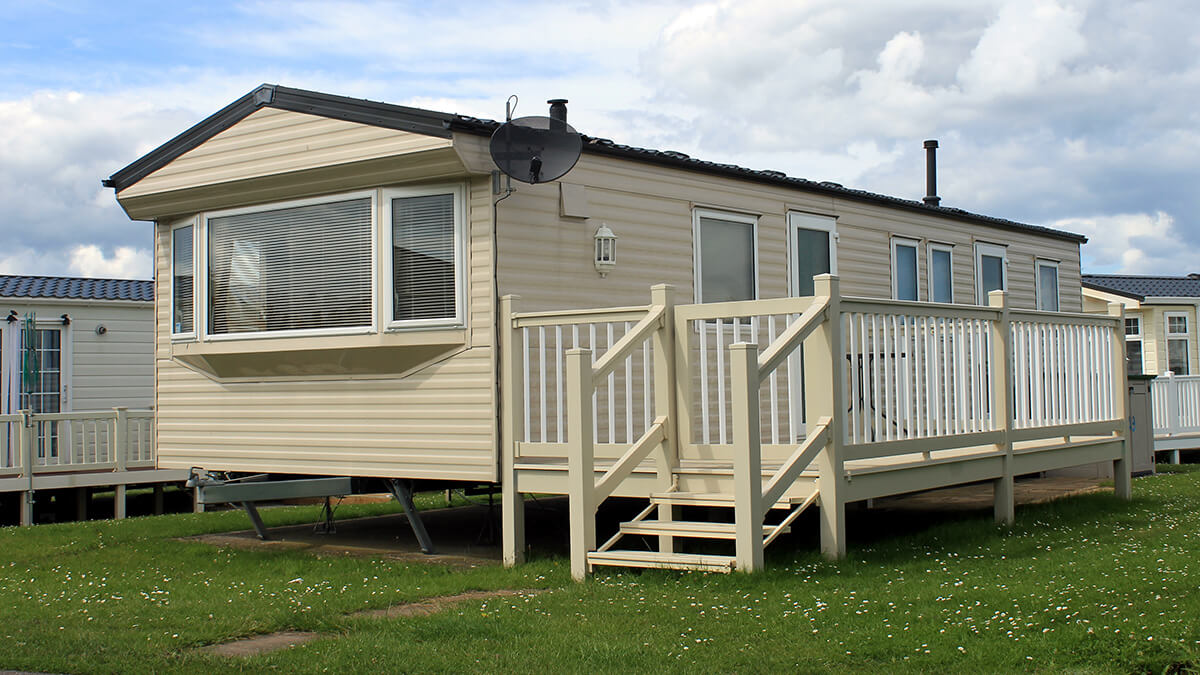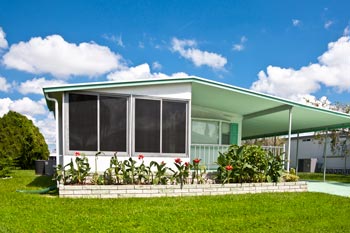Hummingbird gardens

Hummingbirds love to flit, hover and zoom around colorful container gardens. Just plant a pot full of their favorite flowers on your patio or deck, then sit back and enjoy the show. Bringing these diminutive birds into view requires little know-how and little gardening space, but there are a few things to consider before you start. Knowing what kind of containers to use, where to place them, and how to choose the best flowering plants will improve your chances of attracting hummingbirds to your garden.
Hanging baskets and window boxes filled with petunias, fuchsias, or nasturtiums create a cascade of flowers for hungry hummingbirds. Large pots or old wheelbarrows brimming with impatiens, begonias, or snapdragons can become a hummingbird café. Clay containers of red or scarlet geraniums provide a delightful way to attract your fast-flying neighbors. Or attach a special planter of nectar laden salvia on the inside railing of your porch to create an elevated hummingbird garden.
Grow hummingbird-friendly vines on trellises for a whole new range of container gardening options. Favorite annual vines, such as Cypress vine and cardinal climbers grow well in any sunny spot on your deck. Choose just about any member of the morning glory family for a burst of color that hummingbirds find hard to resist. Coral honeysuckle is another trellis growing vine that thrives in small patio gardens. Loaded with bright red flowers filled with nectar, it blooms in early spring – just in time for the first migratory batch of hummingbirds.
Hanging baskets
It's best to hang baskets at eye level so you can watch the birds at close range. Since hummingbirds are amazingly bold, it's common for them to perch or feed on a hanging basket located just inches from your favorite sitting spot. Whether the basket is hung near a bench, patio or porch, it's likely to bring hummingbirds within easy sight.
The most popular hanging planters are made of wire, terra cotta, glazed ceramic, wood or plastic. Planted on all sides, a wire mesh basket lined with sphagnum moss and filled with potting soil can create a lush feast of flowers. Unglazed terra cotta pots are a good choice if you water them frequently and hang them securely from a sturdy support.
Try using a red or orange glazed ceramic hanging pot to attract hummingbirds. This type of container often has a saucer to catch water and retain moisture. Wooden containers made from rot resistant redwood, cedar or cypress can be planted to entice hummingbirds with a combination of bright flowers and trailing plants. Plastic pots are another good choice for hanging because they are lightweight, versatile and affordable.
Remember that any type of hanging basket takes on additional weight when wet. Take steps to fasten it securely overhead with sturdy hooks or screw eyes over a strong support. If your pot doesn't have it's own hanger, use galvanized wire or chain to suspend it from the desired location. Make sure to choose a spot that offers enough support for the plant and won't cause staining on the surface below.
Window boxes
When planted with colorful flowers, window boxes entice hummingbirds to a feast of accessible nectar all summer long. A number of hummingbird favorites, such as petunias, salvias, geraniums, dwarf marigolds, verbena and trailing ivy can be combined to create a miniature garden in just one window box. Begonias, fuchsias, impatiens, lobelia, dusty miller, and nasturtium are also among classic window box summer plants.
Although a wide variety of flowers can be packed into a small area, window box plantings are more attractive to hummingbirds when tall background plants, low growing foreground plants and trailing plants are used. Plants of staggered heights and habits are simple to grow and maintain. Include plants with tube shaped blossoms, lots of color and an extended bloom season for the most appeal.
Window box gardens permit you to watch hummingbirds zip around flowers from either inside or outside of your home. Just be sure your window box can be easily reached for weeding, watering, adding soil or changing plantings. Since window boxes are usually exposed to full sun, drying winds and the reflected heat of your house, they may need watering once a day in the summer.
Ready made window boxes come in a variety of inexpensive shapes, sizes and materials. Your best bet is to check out your local garden and home supply stores. Or, you can build your own window box from decay-resistant wood. Window boxes can either rest on a windowsill or be fastened to your house in a safe and permanent fashion. It's also important to make sure it's properly supported from the bottom, has l/2-inch drain holes for every foot of box, and a layer of gravel in the bottom to keep lightweight potting soil from washing out.
An added attraction
At first, you may need a little help luring hummingbirds to your flowering container garden. If so, try placing one or two hummingbird feeders nearby. The combination of feeders and nectar producing flowers can be irresistible to sharp-eyed hummingbirds. Feeders act as an important supplement and are especially useful before flowers bloom and when blooms start to diminish. The inquisitive nature of hummingbirds will quickly lead them to investigate this new source of food.
Choose a small feeder that has enough red plastic parts to attract hungry passersby. Make sure it's sturdy with an easy to clean glass or plastic reservoir. Glass is longer lasting and can be sterilized, but is heavy and breakable. Feeders with plastic reservoirs are less expensive than glass, but tend to discolor with age. Look for a feeder with an 8-ounce reservoir rather than the larger one-quart size. You'll need to fill a small reservoir more frequently, but the sugar-water supply will be fresher.
To prepare a batch of sugar-water for your hummingbird feeder, mix one part granulated white sugar to four parts water, then boil the solution for one or two minutes, making sure it doesn't turn into syrup. Cool the mixture before filling the feeder and store surplus in your refrigerator. It's not necessary or advisable to add red food coloring to the sugar water. Do not use honey or artificial sweeteners – honey promotes a fungus growth that's harmful to hummingbirds, while artificial sweeteners have no food value.
Refill the feeder as soon as it's empty to keep up a dependable food source. During hot weather change the nectar at least once a week. To keep your feeder clean just rinse with hot water and scrub with a bottle brush each time you change nectar. Don't fill the feeder more than half full, because hummingbirds won't be able to drink all the sugar water before it needs to be changed again.
Be sure to hang the feeder near your flowering containers. The same trellis you use for growing hummingbird vines can also be a support for small feeders. When your mini-garden isn't in bloom, tie a bright red ribbon on the feeder as an added attraction to hummingbirds. Leave your feeder up until well after the first frost in fall because most of these tiny birds don't migrate before then.
Finally, talk to the experts at your garden center for more information about small space hummingbird gardens and feeder selections in your area.
Ten favorite flower varieties
Hummingbirds are creatures of habit. Once your container garden is discovered, the little birds are likely to return again and again. Make sure they stay interested by growing plants with an extended season. When selecting flowers, keep in mind that hummingbirds are not attracted to fragrance, but rather to color and nectar. Although at least 150 North American flowering plants can attract hummingbirds, consider these favorites for hardiness and nectar production.
- Coral Honeysuckle. Tough, cold hardy, loaded with nectar and trouble-free.
- Shrimp Plant. Best grown in hanging baskets in warm weather.
- Cardinal Climber. Cold hardy. Hummingbirds are attracted to dazzling red color.
- Cardinal Flower. Bright red blossoms with tons of nectar.
- Texas Sage. Annual that grows anywhere. A must for your garden.
- Petunia. Great in hanging baskets and pots.
- Impatiens. Annual that does well in shade. Needs lots of water.
- Autumn Sage. Grows well in warm weather. Comes in several colors.
- Anise-scented Sage. Tall, luscious purple nectar factory. Try this one.
- Bee Balm. Annual. Needs sun and a container of its own.
Amazing hummingbird facts
Hummingbirds are in a class by themselves. Just about everything about this smallest member of the bird family is unusual and superlative. Hummingbirds have the largest flight muscles, the biggest brain, the fastest wing beat, the most rapid heartbeat, the highest body temperature, the greatest appetite, and the most unquenchable thirst.
They can fly forward and backward, stop in mid air, fly sideways and even upside down.
Hummingbirds can reach speeds of up to 60 miles an hour while their heart beats over 1,000 times a minute. The humming sound they create is due to 75 wing beats per second in normal flight. During a male mating display the wing beat exceeds 200 times per second. A resting hummingbird takes 250 breaths per minute. Ruby throated hummingbirds weigh only 3 grams and their egg is half the size of a jellybean.
Hummingbirds consume half their weight in nectar each day. Their navigational skills and stamina allow them to migrate thousands of miles each year nonstop over land and water. You can expect to see these feisty visitors returning to the same flowering containers and feeders year after year.
Contrary to popular opinion, hummingbirds don't suck nectar, they place their open bill into the flower or feeder and lick up nectar at a high rate of speed. Another common belief is that hummingbirds migrate on the backs of geese. Not true. Geese and hummingbirds migrate at different times, live in different habitats and migrate to different areas.
It is true however, that hummingbirds and butterflies can be attracted to the same garden. They often share similar tastes for some flowers like butterfly weed and gayfeathers. One notable difference is that hummingbird flowers are without scent, while butterfly flowers are heavily perfumed. Both hummingbirds and butterflies are attracted to red flowers, but will eat from any color of nectar-producing flowers.
Don't worry about your feeders and flowers interfering with hummingbird migration. Their migratory instinct is actually triggered by changes in day length and the temperature. Like other migrants, hummingbirds are vulnerable to habitat loss and pesticides. Their chances of survival increase every time they zip over to a tasty meal provided by your small container garden or well-stocked feeder.


